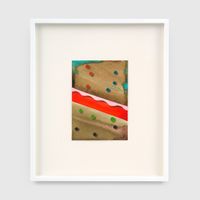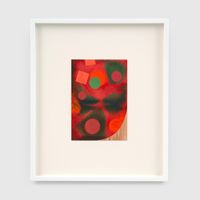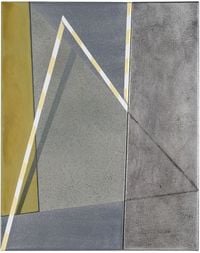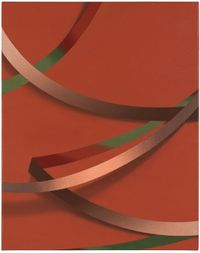Tomma Abts makes complex paintings and works on paper whose subject is ultimately the process of their creation. She begins each work with no preconceived composition and idea, and without preliminary sketches. Guided largely by intuition, she nevertheless works within precise parameters. The paintings' evolution is evidenced by ridges and uneven texture—the result of methodical overpainting and reworking of the image. While abstract, the works are still illusionistic, rendered with sharp attention to shadows, three-dimensional effects, and highlights that defy any single, realistic light source. The resulting canvases convey balance and movement, while maintaining a sense of uncertainty, which seems akin to memory.
Read MoreBorn in 1967 in Kiel, Germany, Abts studied at Hochschule der Künste in Berlin from 1988 to 1995.







